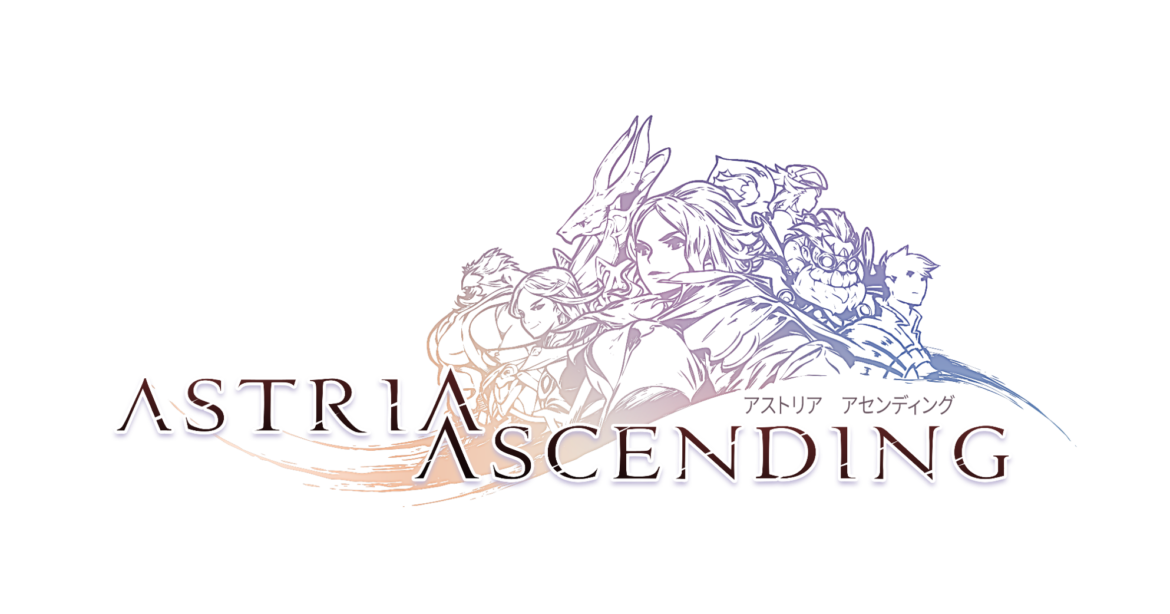Astria Ascending’s ambitious world is a feast for the eyes but has a story that can’t keep up.
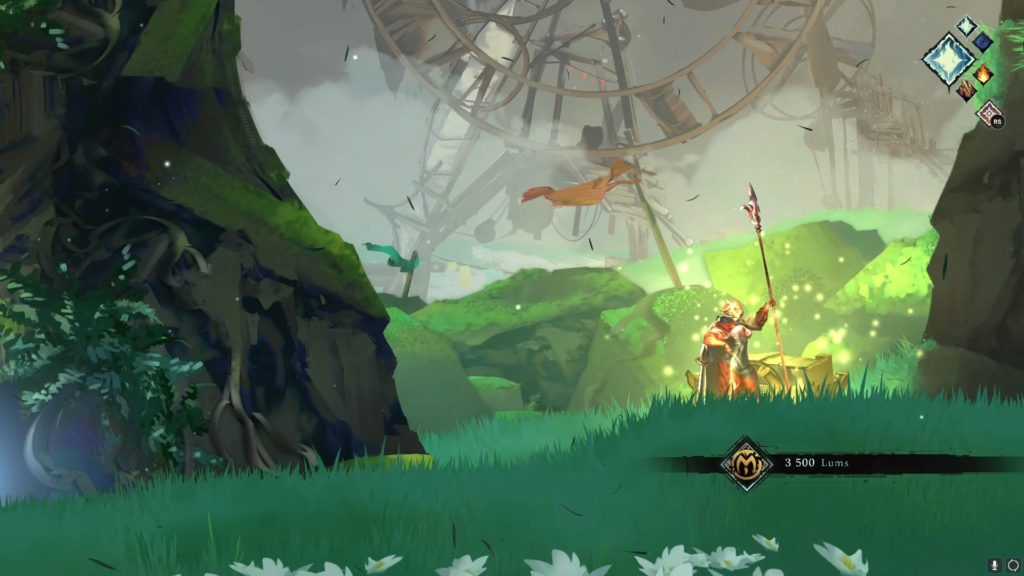
JRPGs almost always invoke a sense of nostalgia for long-time fans. Many of these turn-based affairs harken back to the days of early Playstation Final Fantasy titles, such as the ever-popular Final Fantasy 7. The genre has evolved quite a bit since then, however, to the point that even a return to basics would seem lacking in the landscape today. Astria Ascending by Artisan Studios feels like a title trying to return to a simpler time but got lost along the way.
You follow the story of the Demigods, beings chosen by the Goddess Yuno to keep the peace of the world. This peace is called the “Harmony” and united the peoples of a once-divided world by adopting the practice of eating a special fruit called the “harmelon.” This idea has brought the world into an era of prosperity and ended the strife of the tumultuous order before it. However, the Harmony of a Demigod must be kept in check by their own will without the use of the harmelons, and a Demigod who can’t harness their inner Harmony is doomed to spread their dissonance.
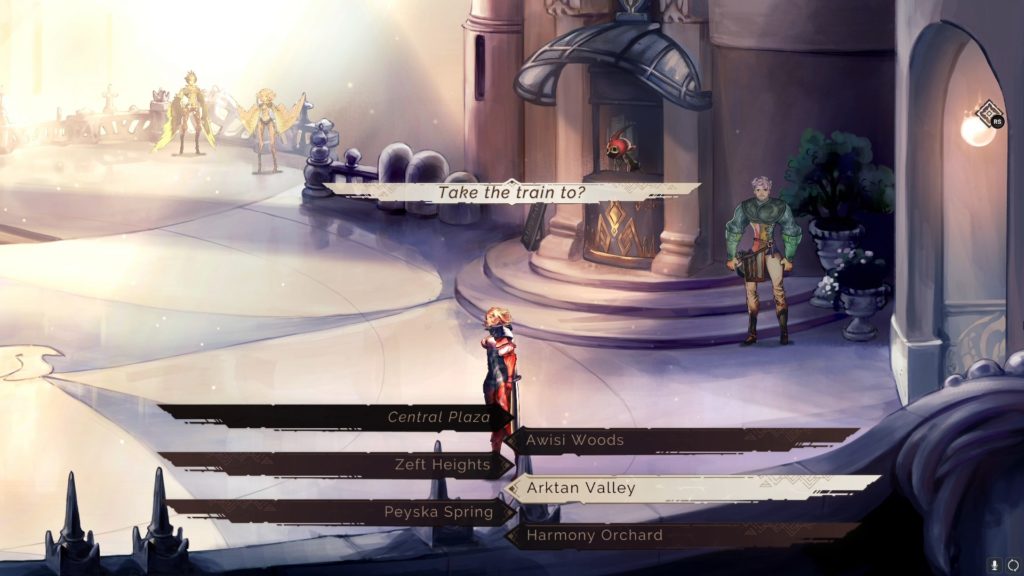
The enemy of Harmony is the Noise. Noises are being born of the chaotic dissonance that comes from a lack of harmony and can take over nearly any kind of being. This will have your cast of Demigods travelling the world in search for those responsible for disturbing the Harmony of the world.
Astria Ascending is presented in a beautifully hand-drawn 2D visual aesthetic. Exploration takes the form of 2D platforming levels that has you controlling Ulan, the leader of the Demigods, and traversing various locales in search for the agents of dissonance in order to uncover the reasons behind their hatred of Harmony. In certain sequences, you’ll fly through the air in a bullet-hell style experience atop your winged panther, Fedorah.
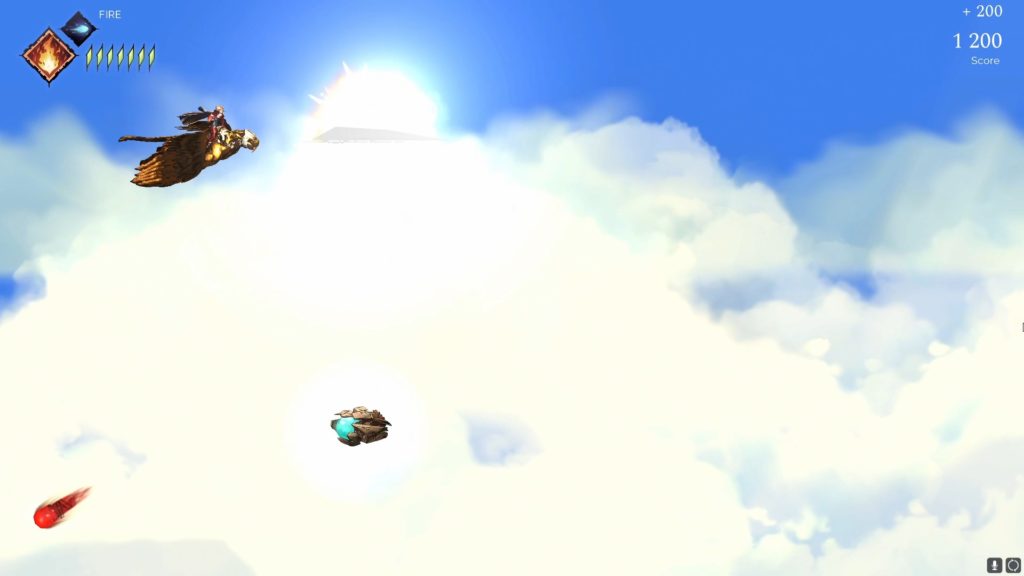
These areas are all gorgeous to behold and hold small rewards to those who venture off the beaten path. These paths are incentivized when you accept side quests that take you there and make the world feel bigger than it actually is. When combined with the lovely soundtrack, it gives the presentation a cinematic feeling that makes the world an easy one to get lost in. In addition to the bullet-hell style mini game on Fedorah, there is also a simple, collectible minis game called J-Ster that you’re able to play with nearly any NPC you encounter. While the platforming is basic and many hidden items and bosses can be found easily, the shining star of Astria Ascending lies in its combat and character progression.
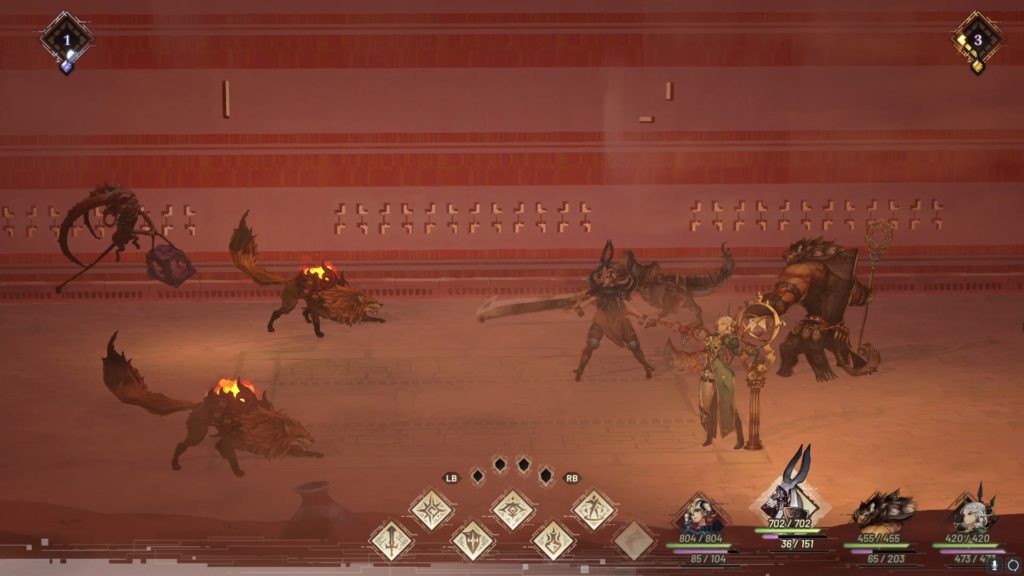
Astria Ascending has you battling the Noise in traditional turn-based fashion. Your team of eight Demigods are each their own unique class and are able to be swapped out during combat as an action on any Demigods’ turn. Each is an expert in one or two elements of combat and it’s imperative to pick the right one for the job, since hitting the weakness of your enemy is key to conquering them. It’s also the key to mastering the engaging Focus Point system.
When you strike at an enemy’s weakness you gain 2 Focus points, but hitting an enemy with a subpar or innefective attack will cause you to lose 2. You can spend up to 4 Focus each turn to enhance your next move in increments of 50%, up to a maximum of 200%. This emphasizes an understanding of the elemental system that underpins the combat experience as each ability in the game is associated with an innate elemental force.
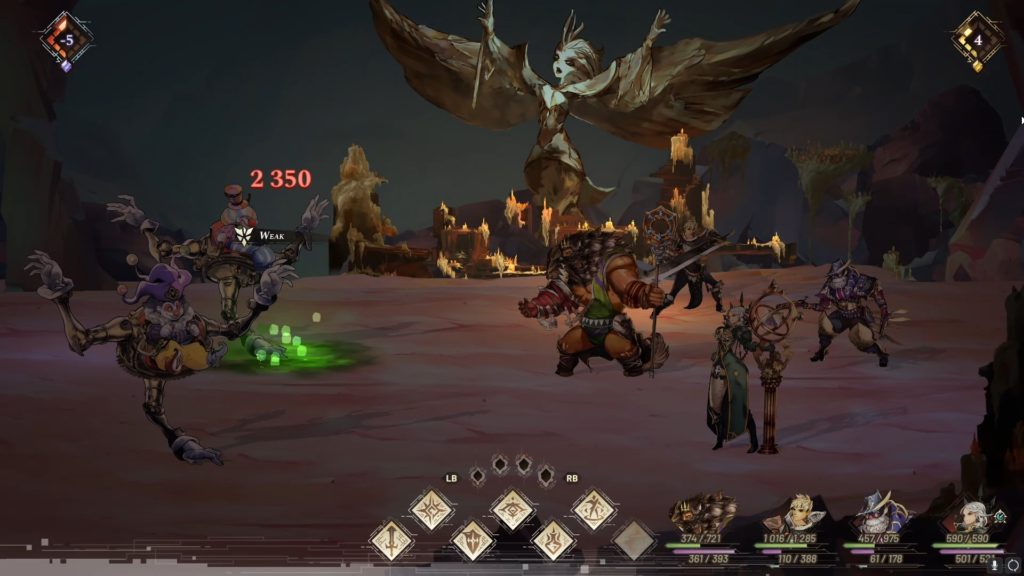
Whether that be the physical force of a basic attack or something magical like fire or ice, you’ll always want to get a read on the enemy before finalizing your attacks to make sure you don’t get penalized. While some enemies can be scanned or have their weaknesses detected via spells or abilities, others are immune and require you to guess the weakness via process of elimination. It’s a deep system that’s satisfying to learn and adds palpable tension to tough encounters since both you and your foes will use the Focus point system.
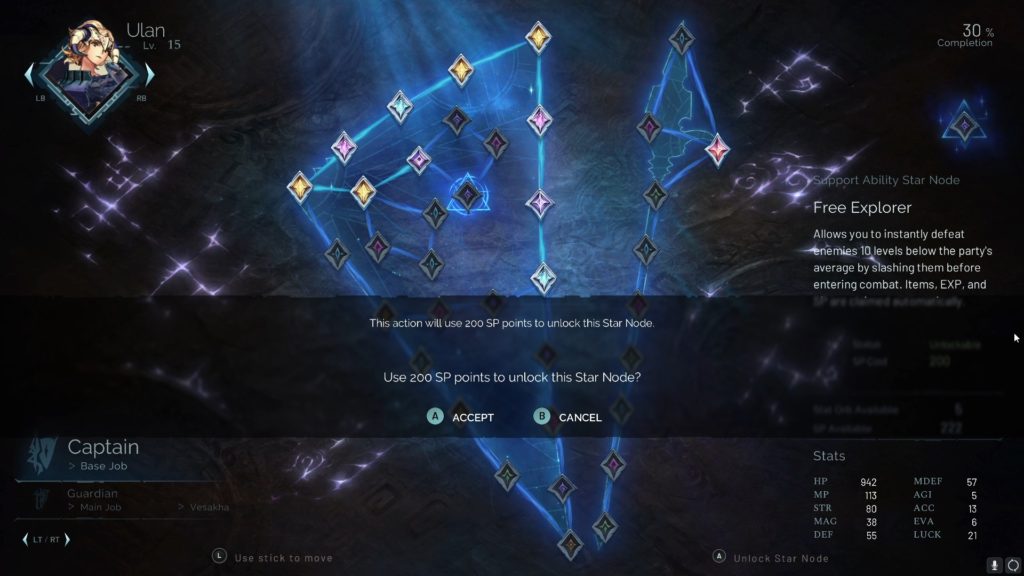
How the Focus point system works also plays nicely into building your characters. Each character has their own job which comes with its own ability grid. This grid is reminiscent of the Sphere Grid progression system from Final Fantasy X, where your characters grow on a huge interlocked grid to learn their various spells and abilities. While the progression isn’t quite as comprehensive or interlocked as the Final Fantasy game it’s inspired by, each grid is large and has a huge amount of stat bonuses and abilities for your characters to learn. You’re also able to progress into sub jobs and further into more options as you progress into the game.
While this system offers tons of customization options and a rewarding way to level up each Demigod, it’s one of the many aspects that causes Astria Ascending to collapse under the weight of its own ambitions. Each of your Demigods have 3 extra classes on top of their base class, and they will eventually learn to use them all by the end of the game. This makes late game a much less exciting experience since classes overlap on certain Demigods. Not only that, but choices beyond the second class choice lose more than half of their class grids, making the third and fourth feel more like a distraction to the first two classes and cheapens the identity of each one.
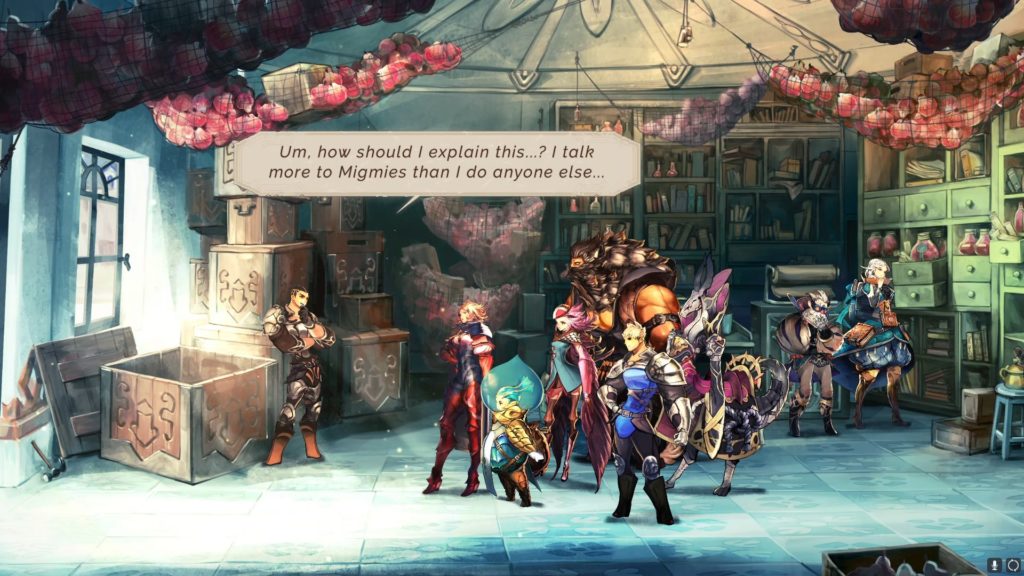
The voice acting is also very hit-or-miss, as is the writing. While the story of the Demigods and their relation to the dissonance is conceptually sound, there’s enough inconsistencies in both the voice acting and the world building to pull you away from the experience. Constant mispronunciations of names from character to character and story elements that feel like wedged in fetch quests deflate impactful moments and storyline twists, making it hard to invest yourself in the narrative of the beautifully visualized world.
For the hardcore turn-based or JRPG fan, there’s a lot to love in Astria Ascending. Combat is engaging and dynamic due to the Focus point system and never feels forced due to the platforming exploration style. There’s also a ton of side content and hidden bosses to find and defeat. Combat also feels rewarding, since building up your Demigods during the early game is fun. Unfortunately, this progression system loses its luster the deeper you get into it, as does the story. This makes the combat and exploration the shining stars of the game while the narrative and immersion falls by the wayside, making Astria Ascending an ultimately lopsided experience that feels catered towards genre diehards.
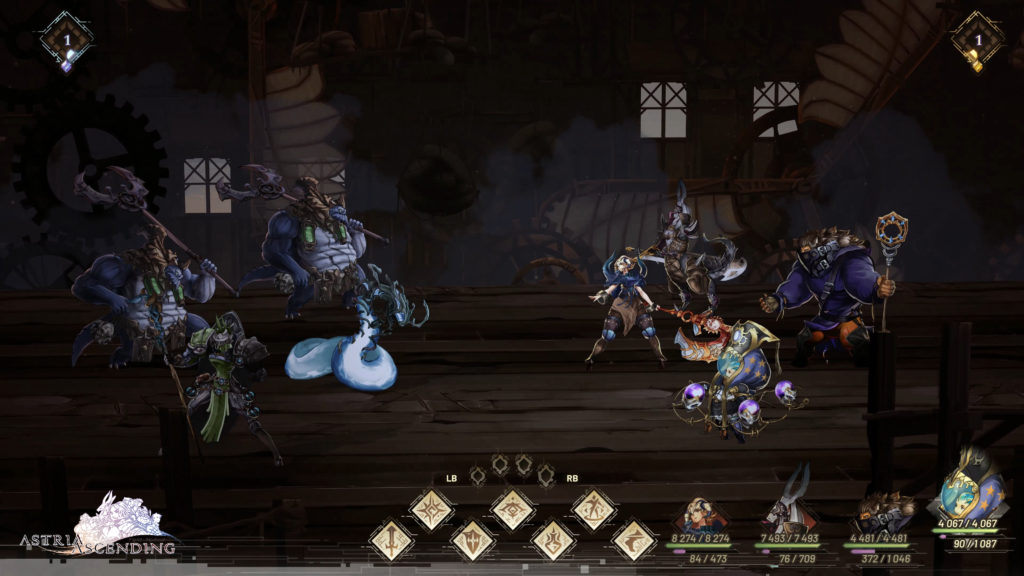
Pros
-Beautiful hand-drawn visuals.
-Excellent combat system.
-Tons of secrets and side content.
-Fantastic orchestral soundtrack.
Cons
-Poor writing and voice acting.
-Character progression becomes stale.
-Shallow platforming and puzzles.
3 out of 5
Review key provided by Tinsley PR. Astria Ascending is out now!

